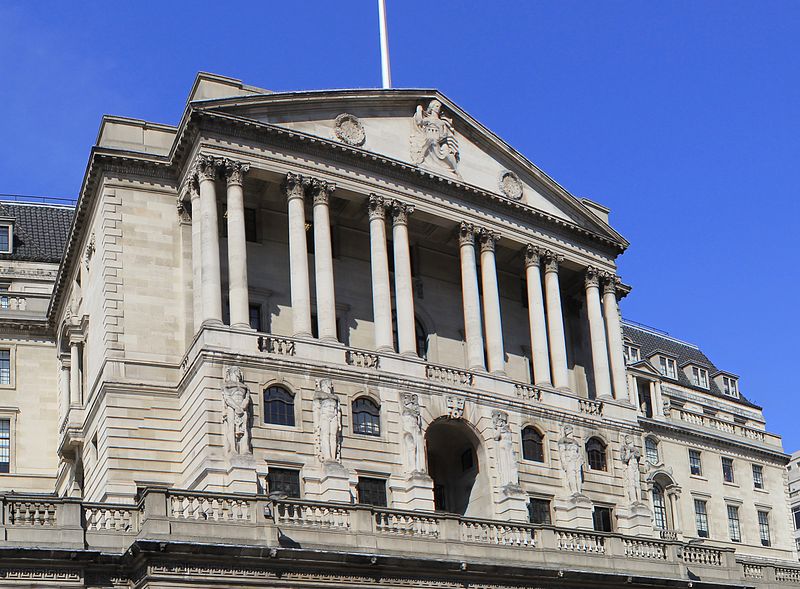
Recent data revealed that basic wages in the United Kingdom have experienced an all-time high growth rate, intensifying the Bank of England's (BoE) apprehensions regarding long-term
inflationary pressures, even after implementing 14 consecutive interest rate hikes.
Official statistics indicate some signs of cooling in the job market, with the unemployment rate unexpectedly rising to 4.2% from 4.0%, reaching its highest level since the three months leading up to October 2021. This ascent has outpaced the BoE's projections.
However, the 7.8% surge in basic earnings - the most robust growth in data records dating back to 2001 - has further propelled the nation's high inflation rate, as numerous employers have resorted to increased remuneration offers to retain and attract employees.
Annual wage growth, including bonuses, has also accelerated, reaching 8.2%, the fastest pace outside the period affected by the coronavirus pandemic, during which government job subsidies skewed the data.
Economists surveyed by Reuters had anticipated more modest increases in both wage metrics.
Following Tuesday's data release, the British pound appreciated against the dollar and euro. The yields of two-year British government bonds, which are sensitive to speculations about potential BoE rate adjustments, reached their highest level in a month.
Samuel Tombs, an economist at Pantheon Macroeconomics, predicted that wage hikes would decelerate in the latter half of 2023. He noted, "It usually takes time for changes in labor market tightness to impact wage growth, and several survey indicators now point to slowing wage increases." Tombs further projected that the BoE's Monetary Policy Committee (MPC) would raise rates once more to 5.5%.
Tombs added, "The momentum in wage growth still is too strong for the Committee to take a break just yet."
Anticipations suggest that wage growth could surpass the pace of consumer price inflation, which is projected to have moderated to 6.8% in July, with data from the Office for National Statistics (ONS) set to be released on Wednesday.
Market indicators indicate around a 55% likelihood of the BoE's benchmark rates reaching 6% in early 2024, a rise from their current level of 5.25%. On the previous day, the probability of rates reaching that level stood at approximately one in three.
Governor Andrew Bailey remarked earlier this month that the rate of wage growth was "considerably above" the central bank's forecasts. Nonetheless, the BoE also indicated that it was approaching a pause in its string of interest rate hikes.
Bailey and his colleagues may take solace in indications of labor market cooling beyond wage data. In addition to the unexpected upturn in the unemployment rate, the number of employed individuals fell by 66,000, while job vacancies continued their decline, reaching their lowest point since mid-2021, with a decrease of 66,000 over the quarter, totaling 1.02 million.
Experimental payroll data from the tax office, known for its timeliness but subject to substantial revisions, pointed to a substantial reduction in wage growth in July.
However, long-term sickness-related inactivity has reached a new record high, exacerbating challenges for employers seeking to fill job openings and adding to the pressure on wage growth.
The inactivity rate, measuring those out of work and not actively job-seeking - a metric the BoE hopes to see decrease - inched up slightly, marking the first increase in nearly a year.
Public sector wage growth surged to a new record high, rising by an annual 9.6% in the three months leading up to June, bonuses included. This increase follows a series of labor actions that led to improved pay settlements for certain worker groups.
"Make no mistake, the struggle to boost wages has been hard-fought and is far from concluded," remarked Sharon Graham, secretary general of Unite the Union. Photo by Katie Chan, Wikimedia commons.



































